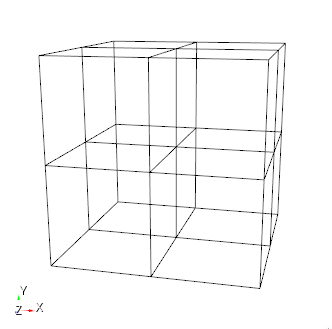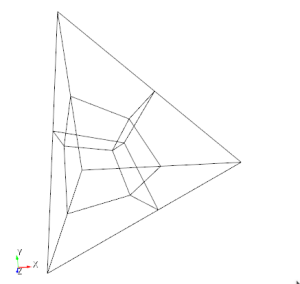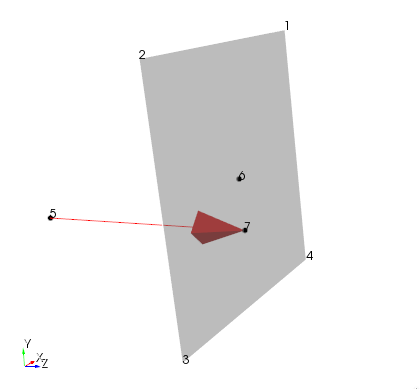Cubit
15.3 User
Documentation![]()
Cubit
15.3 User
Documentation![]()

Note: This feature is under development.
Cubit contains an Node Distance and Altitude quality metric for higher order elements. Currently, HEX27, WEDGE21 and TET15 are supported. The metrics are designed to help identify small distances which limit the analysis time step.
These metrics may be accessed by using the commands:
Quality <element list> Node Distance
Quality <element list> Altitude
The Node Distance quality metric for a single element is the minimum distance between nodes within that element. Not every node is compared against every other node within an element, rather, a structured approach is used. For a single HEX27 element, the element can be subdivided using the 27 nodes to form 8 logical hexes with 8 nodes each. The edge lengths of the logical hexes are the distances considered for the HEX27 element. See the image below for a representation of the edges used to compute node distance in a single HEX27 element.

Additionally, the representation of edges used for a single WEDGE21 and TET15 element are given in the following images.


The Altitude quality metric for a single element is the minimum distance between the body center node and the projection of the body center node to the faces. Specifically, for a HEX27, the body center node is projected to each of the 6 faces of the element, and the minimum distance between the body center node and the 6 projections is the altitude metric for that element. The face projection is based on the linear approximation of the higher order face. The image below shows an example of the distance calculated when a body center node is projected to a face.
